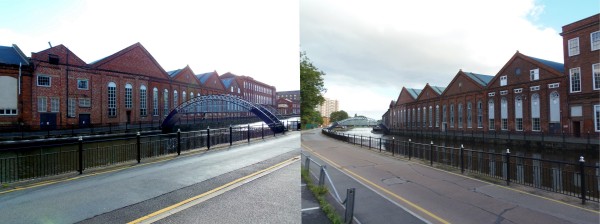William Rainforth was born in Gainsborough about 1817 to a family of sailmakers. He moved to Lincoln in 1837 working at 11 Waterside South. In 1857 he was described as “Sail, Rope, Sack and Waterproof Cover Maker, Sailing Vessels to and from Hull, Sleaford and Horncastle”By 1861 he was employing 19 men and 16 boys. In 1872 the firm operated from premises on Waterside North and Broadgate/St Rumbold's Lane.
The firm's main product was corn screens. Other products offered were corn and flour dressing machines, barn machinery, seed drills, cultivators, harrows, rollers, sheep dipping equipment, wagons, carts and drays.
On 27th February 1884 one of Rainforth’s keels, Waterwitch, carrying lime for Richardson, Son and Doughty was lost in the Humber. Waterwitch left Hull at about 3 a.m. towed by the steam tug Heela with several other vessels, within a short distance Waterwitch collided with a fishing smack and heeled over, the captain and mate were thrown into the water but were rescued
In 1887 the firm moved to Monks Road, the drawing in the advert is of this building, which is now part of Lincoln College.
After the death of William Rainforth in 1893 his sons continued the business, adding commercial refrigerators for dairies to the existing product range.
Rainforths built single-decker bus bodies onto Leyland chassis for Lincolnshire Roadcar in 1932
The firm went into voluntary liquidation in 1933, the stock and other assets of the business were sold by auction on 16th August 1933. The name W Rainforth & Son under the ownership of W. Thorne on Waterside North into the 1950s.
By 1937 the Monks Road showroom was A R Hill's garage, J R J Mansbridge took over Hill's business in the 1950s.


















